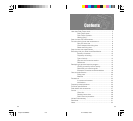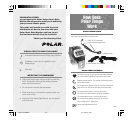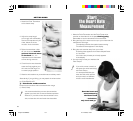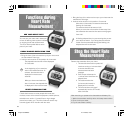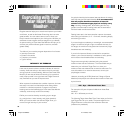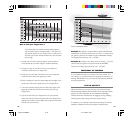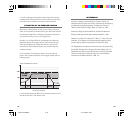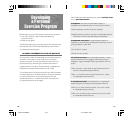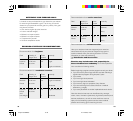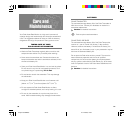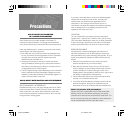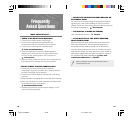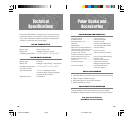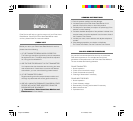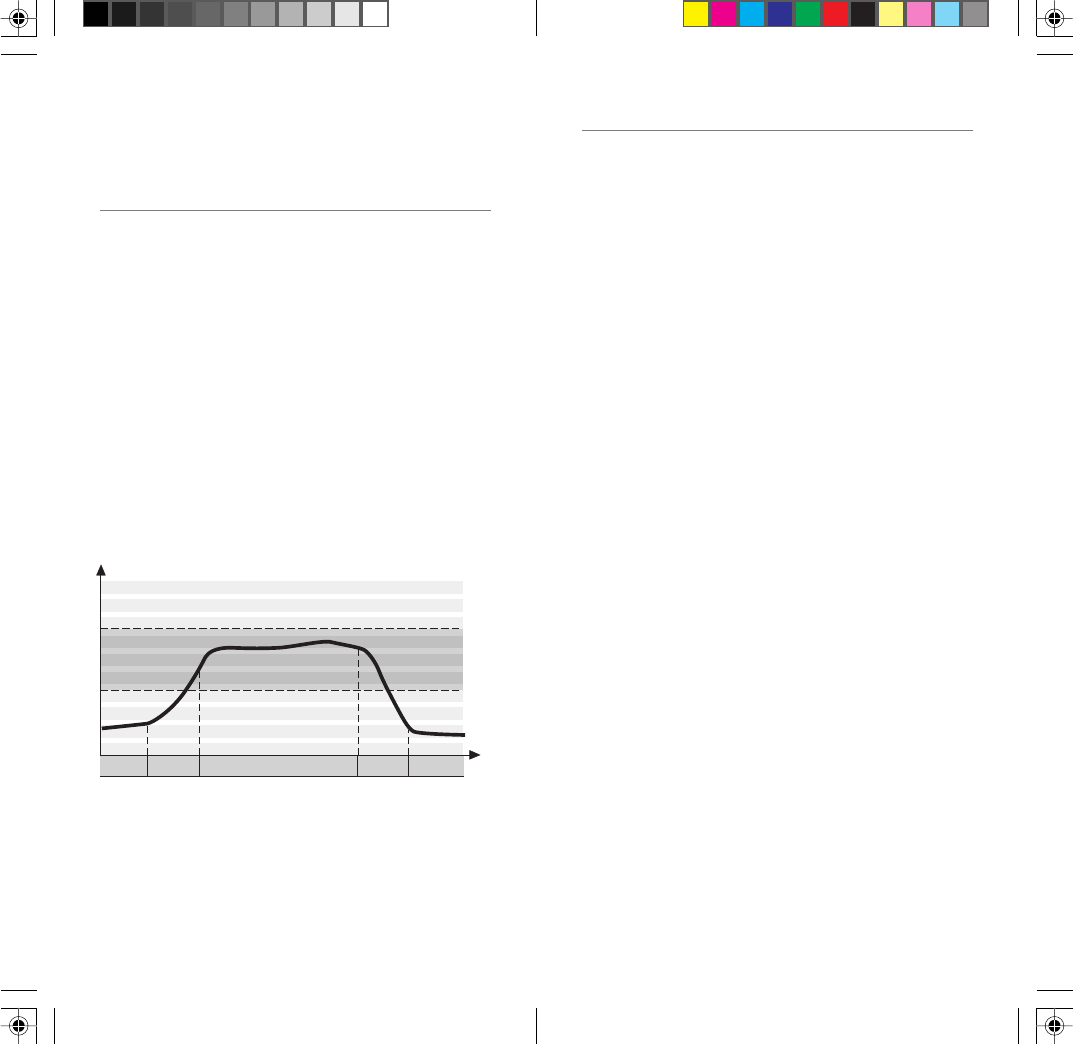
15
14
REFERENCES
American College of Sports Medicine. Position Stand. The
Recommended Quantity and Quality of Exercise for Developing
and Maintaining Cardiorespiratory and Muscular Fitness in
Healthy Adults. Med Sci Sports Exerc 22: 265-274, 1990.
American College of Sports Medicine. ACSM’s Guidelines for
Exercise Testing and Prescription. Williams & Wilkins, 1995.
Jackson, A.S., Blair, S.N., Mahar, M.T., Wier, L.T., Ross, R.M. and
Stuteville, J.E. Prediction of functional aerobic capacity without
exercise testing. Med Sci Sports Exerc 22: 863-870, 1990.
U.S. Department of Health and Human Services. Physical Activity
and Health: A Report of the Surgeon General. Atlanta, GA: U.S.
Department of Health and Human Services, Centers for Disease
Control and Prevention, National Center for Chronic Disease
Prevention and Health Promotion, 1996, 147.
It is vital in helping to build lean muscle mass and increase
cardiovascular exercise benefits. Other intermittent activities
such as tennis or aerobics can also be recommended.
STRUCTURE OF AN EXERCISE SESSION
Begin each workout slowly and give your body a chance to
warm up for at least 5 minutes so that your heart rate is below
the selected Target Zone. Gradually increase the intensity of
your exercise until you are in your Target Zone.
Remain in your Target Zone for the desired time. After that,
gradually reduce the intensity of your exercise and let your
heart rate fall below the Target Zone with a 5 minute cool-
down period. Remember to stretch your muscles after the
exercise session.
As an example of an exercise session for a 35-year-old
person with ‘Improved Fitness’ as the target, please see the
following chart.
It is recommended by ACSM that the exercise session would
last 20-60 minutes in the aerobic zone.
TARGET
ZONE
Target Zone
cool
down
Resting
Warm
up
5-10 min 5-10 min
Heart Rate/Beats Per Minute
150
130
20-60 min
Resting
Minutes of exercise
Tempo man/GBR/C 27.12.2000, 14:5414-15




